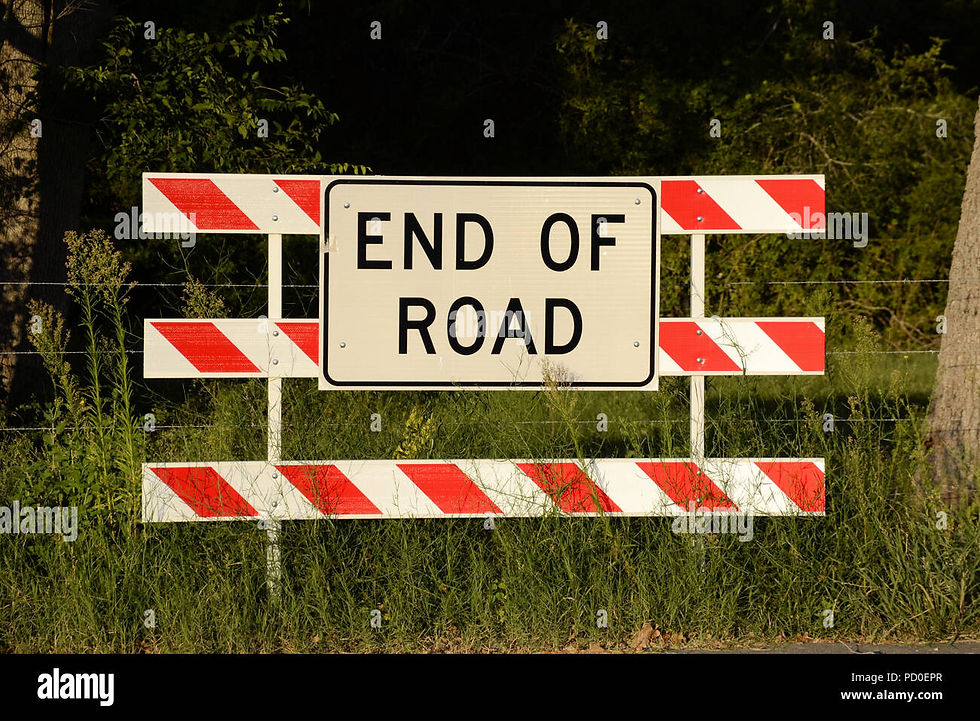on testing and grading tubes
- chaddavidkelly
- Dec 31, 2018
- 4 min read
People have often asked me how I test or grade the tubes I use in my mics, and it really varies from tube to tube. The tube that goes in the M49, for instance, is a military spec NOS part that is sub-miniature with wire leads, and I don't have a means of testing it outside the microphone itself (though of course, that 'is' the real test). But I purchase those tubes from a trusted seller who is ex-military and tests/grades them for me on a military tube analyzer for performance and low noise. It doesn't hurt also that his stock of tubes are military surplus and rarely disappoint.
sWhen it comes to the U47, as people know, I prefer the later Oliver Archut's 'dual tube' method with a matched pair of Western Electric 408a's. It's the only tube on the market that to me is a viable substitute (in parallel as a pair) for the venerable VF14 that is available in decent quantity, consistency, and not all past their theoretical operational lifespan and suffering vacuum-loss and other degradation (as the VF14 and all the close 'steel tube' relatives to it surely are). I buy the 408a's in bulk from a variety of sources, and currently sit on about 800+ pieces. They were made by Western Electric in the USA for the military and telecommunications market from the late 50's through the 60's. There are many brands of 408a (Erikkson, Philips Miniwatt, Jan GE, and a couple mystery brands); but only the Western Electric (and its sibling, the Northern Electric) sound just right with the right balance of fullness/thickness, openness, and bottom end heft. I can't say the others are right are wrong; they just usually come across as either too dark, too bright, too grainy, or too hollow to my ears; and I always go back to the Western Electric. It's just a really well made tube.
The cleaning process behind them is pretty intense. Keep in mind these tubes are 60+ years old and not always kept in the best conditions; and even fresh from the factory in 1958 would have had some visible char residue on the pins from the heating and glass-blowing processes. These things have come to me with pins in shades of black and green, sometimes looking like something that fell to the bottom of the ocean for a spell. Even if it looks grim, I always clean them up and see what they have to offer. First they sit for 48 hours in a mild citrus acidic solution that begins the de-scaling process and softens up some of the residue on the pins. Then they are hand cleaned using a stainless steel wire brush (both a hand held brush as well as various brush bits) and a technique I have improved over the years. Finally they are polished up with Caig Labs contact enhancer before packing them up for future testing. As you can see, the pins are now perfectly silver, absolutely better than they were when they were made 6 decades ago. Couple that with the Caig contact lubricant and the 24k gold plated tube sockets I like to use, not to mention the authentic Sandy Levy pair of high-temp silicon tube dampers for reduced microphonics... and you've really got something special happening.
When I can, I get tubes that have been pre-tested on a military spec tube tester or equivalent; but in the end that only reveals so much. The contraption I built at my testing station (photo shown) is sort of a high gain tube buffer circuit that runs into an amplifier and test speaker. This final QC is done purely by ear, based on experience. Some tubes are rejected before they get to this stage over physical defects; but once they get here, they have to perform sonically. A working, well made WE 408a has a pretty fairly consistent baseline self noise profile on this box. and is fairly decent. The problem is, after six decades out in the field, many of them have failed and don't exhibit this baseline profile (or just don't work at all). At this stage, I generally reject about 50% of what I test; sometimes a bit more, sometimes a bit less... but usually about half. When I sit down to do about 50 at a time (which is a good number that helps me get 'into the zone' on what I'm listening for, but not so long that it becomes torture), I am doing good if I get to keep about 22-25 out of 50. But, the good thing about this process is that it makes building microphones much easier. I can usually pull tubes from the tested tubes and have no problems. Occasionally I will still reject a tube in the microphone assembly stage for issues of volume, RF, or just maybe not quite sounding right... it happens sometimes; but most of the rejections happen at this tube screening station. In the end, considering every stage where a tube can be rejected, I probably get to use about 1 out of every 3 that were initially purchased. It's why I have to keep many in stock, and stick with what I consider the best brand of 408a.
Well, that's my story...







Comments